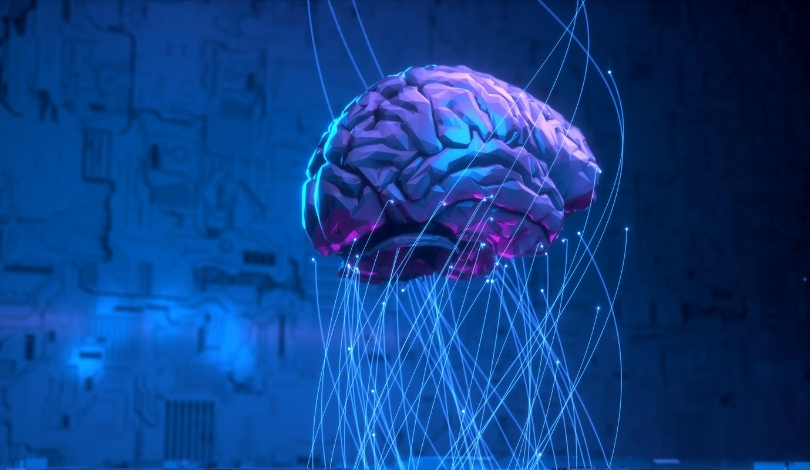A surge of investment and technical ambition is fueling the quest to build a general-purpose “brain” for robots that can operate across many environments and tasks. Skild AI recently showcased progress on Skild Brain, targeting intelligent control for various robot types—ranging from humanoids to industrial machines—capable of learning from both real and simulated input. This broad AI approach reimagines robots not as single-purpose tools, but as adaptable agents that can develop sophisticated behaviors through rich data sources. While competition intensifies and current foundations have traction in the digital domain, translating that intelligence into hardware at scale poses ongoing hurdles. For stakeholders in robotics, understanding these models’ adaptability and safety will determine how quickly such technology reaches mainstream deployment.
Past announcements about Skild AI’s development cycle largely focused on major fundraising events and initial staff growth, but few details were provided then regarding operational robustness or approaches for model generalization. Recent updates from the company emphasize generalization and human-robot interaction in broader contexts, setting themselves apart from demonstrations that highlight narrow skillsets or static conditions. In the wider field, competitors have tended to reveal progress via controlled trials, and real-world productization timelines remain open questions. These variations in communication highlight differing strategic priorities and degrees of technical transparency as industry players vie for attention and partnerships.
What is Different About Skild Brain?
Unlike many robotics models addressing tasks primarily manageable for machines, Skild Brain is engineered to navigate both routine and complex scenarios such as stair-climbing under adverse situations or assembling intricate components. The company applies large-scale simulation and publicly available human-centric videos for foundational training before refining with real-environment data. According to Deepak Pathak, CEO and co-founder of Skild AI:
“Skild AI models can not only solve these easy tasks but also solve everyday hard tasks such as climbing stairs even under adversarial conditions, or assembling fine-grained items, which require vision and reasoning about contact dynamics.”
This principle aims to foster robots that act reliably in variable, unpredictable real-world settings.
How Do Skild AI’s Methods Address Key Sector Challenges?
Collecting sufficient robotics data remains a central obstacle to developing robust generalist models. Skild AI’s pre-training leverages extensive virtual environments and curated internet videos to overcome data scarcity and the slow pace of hardware testing. The company post-trains the system on specific, real-world interactions, balancing simulation scale with on-the-ground nuance. Raviraj Jain, Partner at Lightspeed, commented:
“Skild’s foundation models are truly generalizable across form factors, already showing emergent capabilities and are extremely robust – they represent a new paradigm in embodied AI.”
This methodology seeks to avoid overfitting, enabling the model to adapt to unexpected scenarios beyond controlled demonstrations.
Where Do Other Players Stand in Physical AI?
Multiple companies, including Physical Intelligence founded by Sergey Levine, as well as established entities like NVIDIA, Boston Dynamics, Agility Robotics, Amazon Robotics, and Waymo, are pursuing advanced foundation models and physical AI applications. Each emphasizes different aspects: NVIDIA trains agents in virtual worlds with its Omniverse platform, Boston Dynamics and Agility Robotics focus on complex robotic locomotion, while Amazon and Waymo integrate physical AI in logistics and autonomous navigation. Events such as RoboBusiness 2025 are set to explore these solutions, with session topics covering data curation, environmental adaptation, human robot cooperation, and deployment in manufacturing.
Skild Brain’s dual focus on safe interaction with humans and resilience to disruptions underscores a direction toward multi-functional, collaborative robotics in practical settings. The need to ensure human safety is balanced by efforts to keep systems adaptable to real-life uncertainty, marking an intersection between foundational AI principles and responsible deployment of machines among people. This trajectory, while still facing obstacles related to perception, navigation, and task complexity, outlines the ambitions companies have to narrow the gap between digital reasoning and physical execution.
Recent strategies described by Skild AI, including combining simulation-based learning with human video analysis for pre-training, reveal a trend toward maximizing available data while minimizing costly, slow real-world training. Stakeholders attentive to these developments stand to benefit from solutions that promise more flexible, resilient, and autonomous robots in manufacturing, logistics, and public spaces. More robust, generalizable brains for robots can enhance reliability, ease deployment challenges, and allow for broader integration into daily industry and consumer applications in the years ahead. It will be important for observers to watch how these foundation models perform outside of staged tests and whether safety and adaptability claims hold up in varied, uncontrolled environments.










